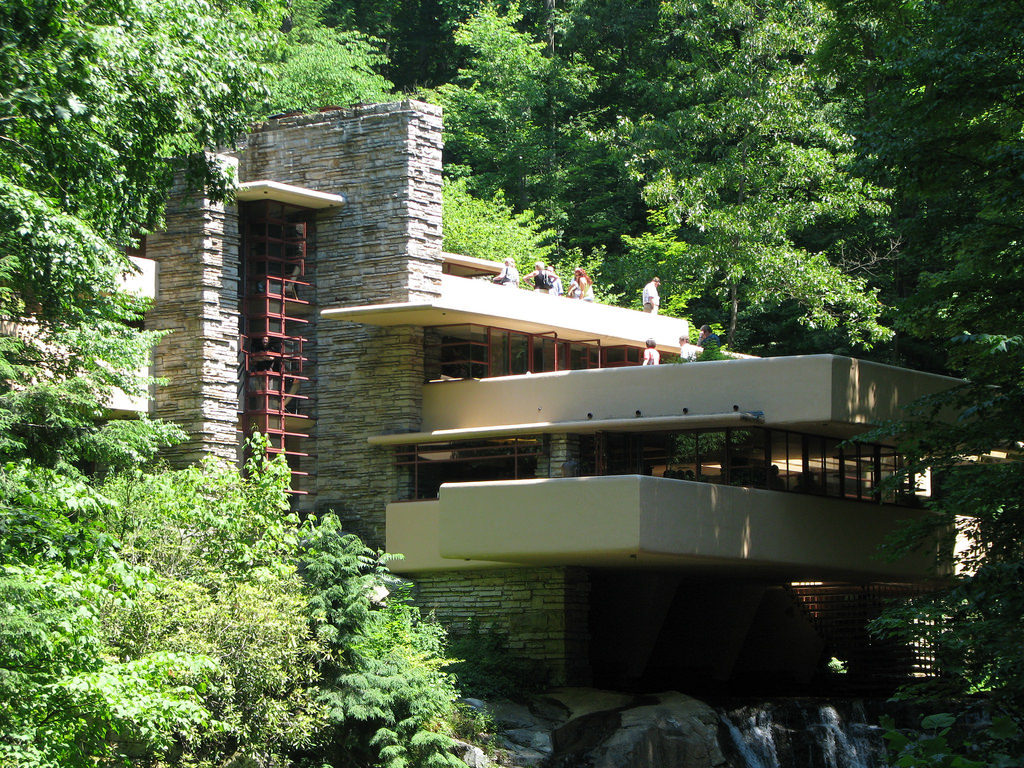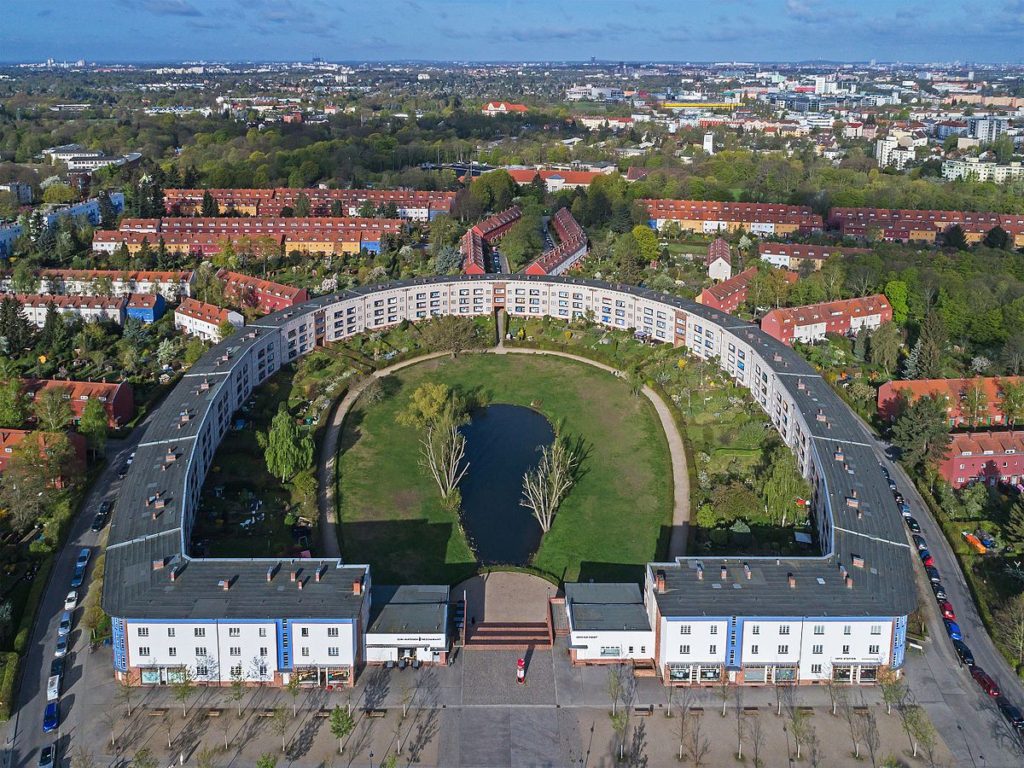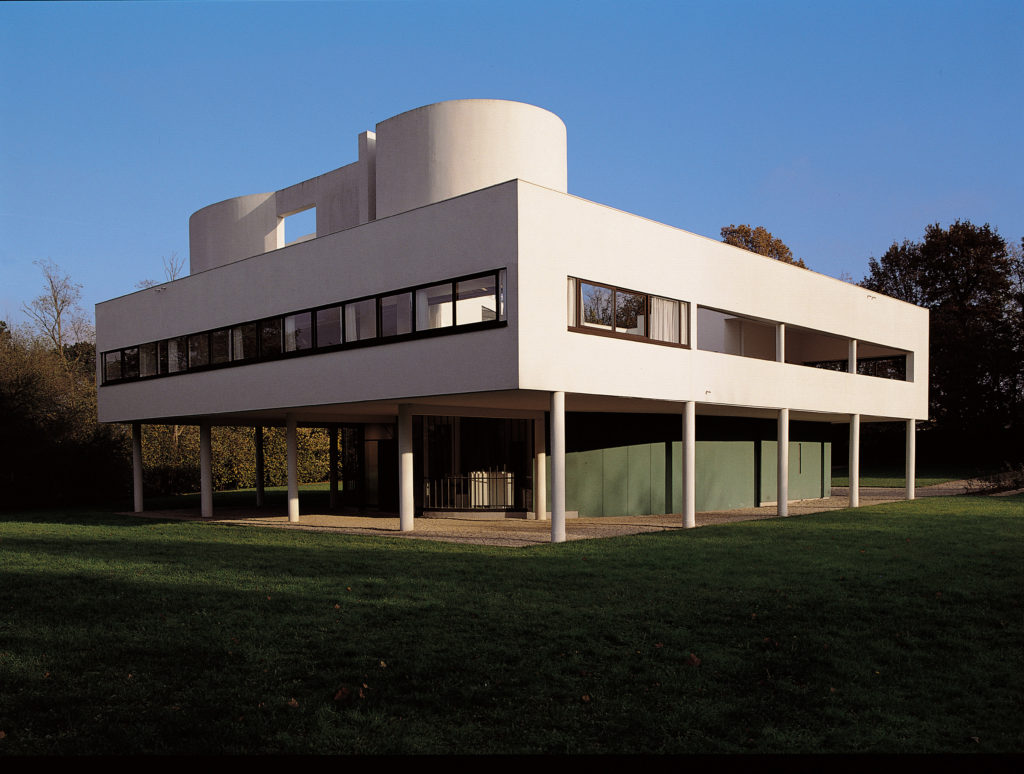Roofing architecture, how it creates solutions to problems
Origins and the Principles to Architecture
The world over buildings are places you go for shelter and where you can be assured of gaining protection from the elements. The physical side to architectural buildings are often perceived as cultural symbols and as works of art that are connected to an ideology and the politics of a specific time. Architecture can solve many challenges and can be the solution to many practical problems such as social issues or re-urbanisation.
The 1st Roman architect Vitruvius said a good building should satisfy these three principles:
· Durability – a building should stand up robustly and remain in good condition.
· Utility – it should be suitable for the purposes for which it is used.
· Beauty – it should be aesthetically pleasing.
These principles still stand the test of time with architecture today, with many buildings promoting a value or a way of life that is a solution to a challenge. For example, in the 17th century the Baroque style of architecture was a reassertion of authority after the Civil war. During the 18th century the style had evolved again to a solution for more modern buildings that would give a new look for a new age. The era of the 19th century was a move towards form follows function with architecture influencing social life. Adding to all this was the 20th century need for sustainable architecture. This looked at the materials used in the construction of buildings and what impact this can have on the nature of the surrounding area.
Architecture Challenges and Solutions
With this in mind we took a look at some flat roof buildings that over the years have had their challenges and what solutions they have achieved. First up is Falling Water this was created by architect Frank Lloyd Wright who believed in designing houses that were in harmony with humanity and its environment, calling this organic architecture. This was a flat roofed private residence and was constructed over a 30-foot waterfall so its inhabitants could be close to their natural surroundings. As you can see from the picture below this was most definitely achieved!

The Guggenheim Museum Bilbao is a museum of modern and contemporary art in Bilbao, Basque Country, Spain and was designed by Canadian-American architect Frank Gehry. The architect was encouraged to design something that was both daring and innovative but still integrated smoothly into the modern urban area surrounding it. The museum achieved this and more as it is now seen as one of the most respected works in contemporary architecture. Its sits alongside the ancient city with its modern outline of stone, glass and titanium while the Nervion River runs alongside. The museum was part of the regeneration of the port and city and directly after opening became a popular tourist attraction which boosted the local economy enormously.

Next up we take a look at Berlins flat-roofed Hefeisensiedlung, this is a housing estate in Berlin that was built in 1925-33 and was designed by architect Bruno Taut. Bruno Tait took inspiration from the avante-garde period and used colour in a very fresh thinking modern way. This is very noticeable in Hefeisensiedlung as the facades of the terraced houses are painted in a variety of different colours ranging from yellow, red, blue and white. The doors and entrance ways were also very futuristic and painted in a variety of colours and patterns. The development combines the idea of a terraced garden house for everyone with the need to provide housing on a large scale for the increase in population in Berlin at the start of the 20th century. This again showcases where architecture provided the solution to a problem. The Hufeisensiedlung is one of the most outstanding examples of innovative German town planning during the 1920s.

ACROS ‘Asian Crossroads Over the Sea’ Fukuoka Prefectural International Hall – Japan is another building that uses architecture to solve a challenge. ACROS Fukuoka was designed by pioneering green architect Emilio Ambasz and was a solution to the publics need for green space and a developers need for the profitable use of the site. Emilio Ambasz design met both requirements in the form of an innovative building that doubled the size of the park while providing a symbolic structure at its centre for the city. Within urban surroundings the lack of green spaces has caused more vertical urban gardens to spring up, which research has shown controls the rise in the surrounding air temperature. The city uses Ambasz initial sketch on its stationery as they felt it embodied the image Fukuoka want to project to the rest of the world. The building also showcases how innovative you can be when it comes to solving cities challenges especially through architecture.

Last up is Villa Savoye in France, this is a modernist villa in France and was designed by Le Corbusier. He was influenced by international modernism that considered the nature of modern life and how architecture can play a role in this. He was famous for quoting ‘The house should be a machine for living in’. Villa Savoye was designed with this challenge in mind, with the solution been all the rooms designed for a particular reason such as the view or the way the sun set. It was also designed with the car in mind and how this increased individual’s mobility. The approach to the house was designed so individuals could be dropped off by car under the building and the curved arc of the glazing to the ground floor entrance was influenced by the turning circle of the car. The building itself has been a very influential around the world and showcases the impact modernism had on architecture and how it had to change to compensate this.

Our Solutions
As you can see over the years architecture has been used to solve many challenges. Looking at our Q Dek roofing range there are many challenges roofers face that our range can be part of the solution.
Hand applied adhesive takes a long time to apply for example it takes 35 seconds to apply 7sqm of adhesive. Canister adhesive have a very quick application as it takes only 15 seconds to apply 7sqm of adhesive, this is 57% faster than the hand applied adhesive.
Another issue with hand applied adhesive is they have a messy and uncontrollable application. With our canister spray gun it has an adjustment wheel that allows the user to increase or reduce the width of the spray pattern to suit the size of the area, which gives the user full controllability and adjustability. The old method also has a long flash off times of 20 mins or more, whereas our canister adhesives only have 1-3 minute flash off time. Hand applied adhesive also cure in the tin which creates wastage. The solution to this is using our canister system which is fully sealed. This means it is impossible for the adhesive to cure inside, which gives zero wastage. Solvents present in many hand applied adhesives can react and melt Polystyrene/EPS insulation – Solution – Canister Adhesive – QD2000, QD2003 and QD2400 products are EPS and Polystyrene compatible
Another challenge roofers face is using products that are high in MECL which is a harmful solvent present in many adhesives. These have a high health risk to users and carries a risk phrase ‘may cause cancer’ which is alarming to users. Our roofing canisters adhesives QD2000, QD2003 and QD2400 are all Non MECL spray adhesives which is overall better for the user and the natural environment.
A final issue for roofers can be PVC membranes which can contain high levels of plasticiser which the solvents present in many adhesives can react with. This can then cause plasticiser migration where the plasticiser is drawn out of the membrane into the adhesive bond line. Overtime the bond line softens and becomes gungy causing the bond line to come apart and deteriorate. The solution for this is using canister adhesive products QD2300, QD2301 and QD2350 which are 100% plasticiser resistant against migration.
The final thought to take away from this is architecture has many purposes and can produce many beautiful buildings, but dig a little deeper and it really satisfies a need in all of us. This may be a basic need for housing or a symbolic structure for people to feel connected to, whatever the reason for its initial design it fulfils its purpose to create a solution to a challenge, exactly like our QDek range of adhesives.
For more information on the QDek range please click here.


